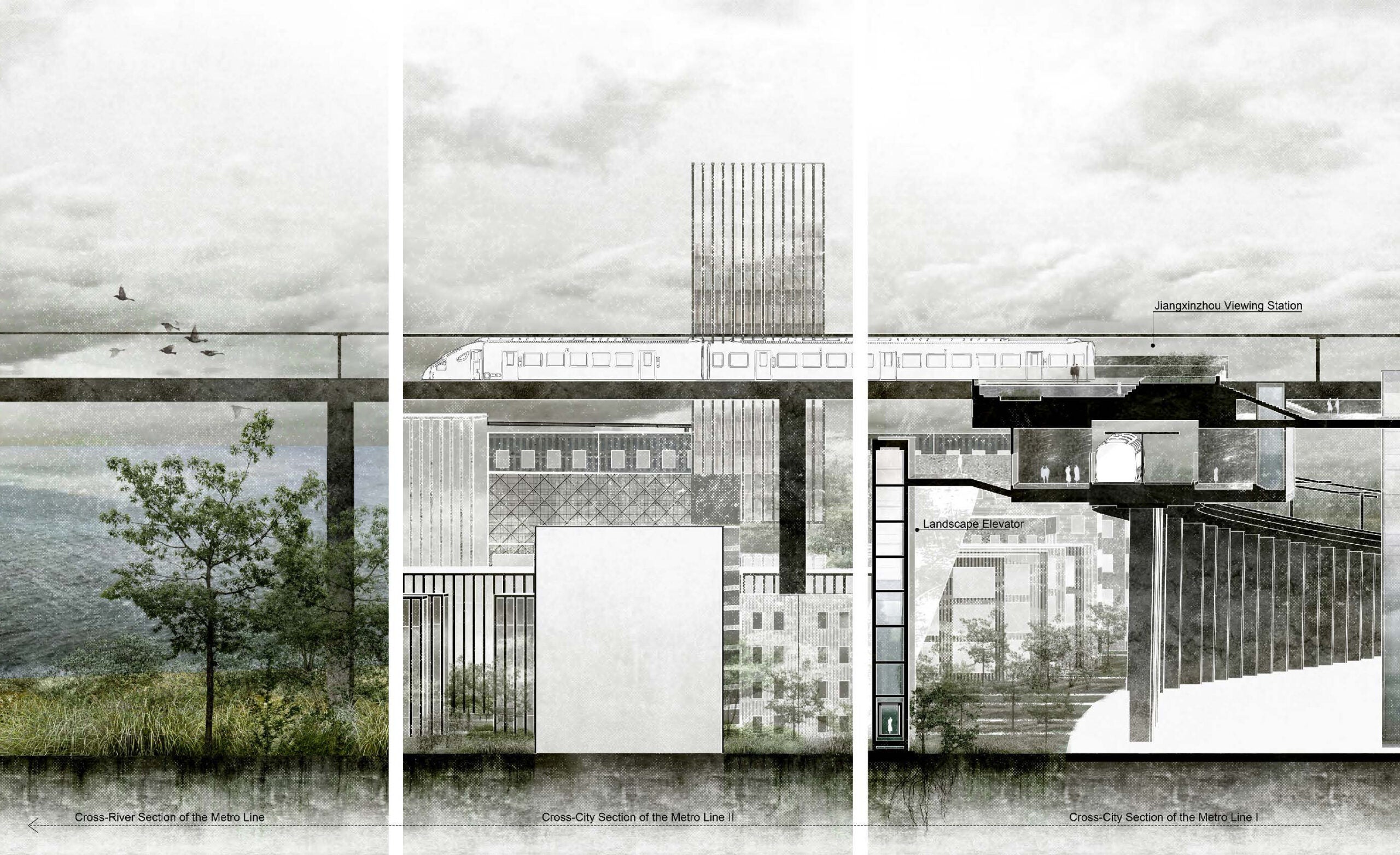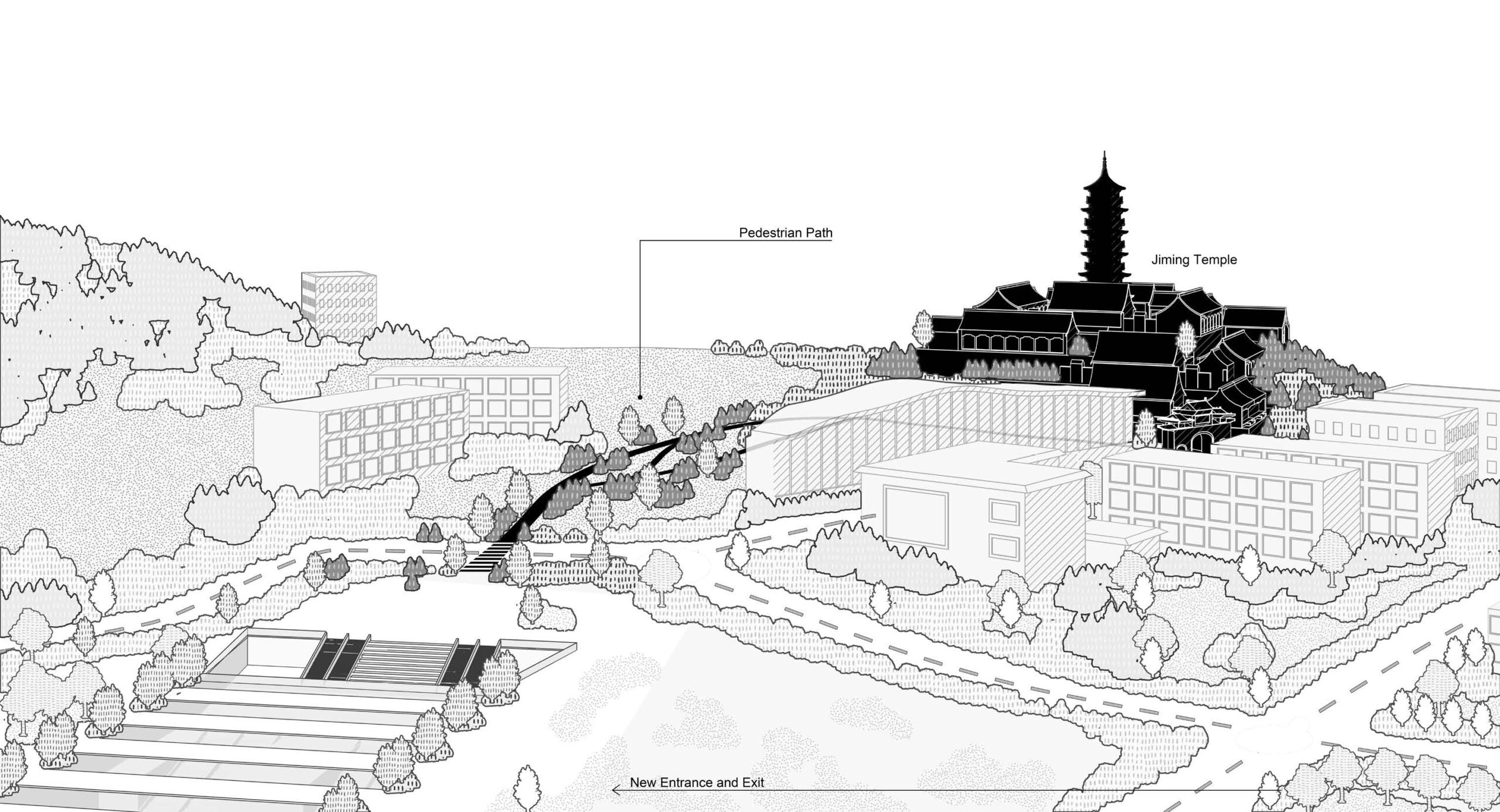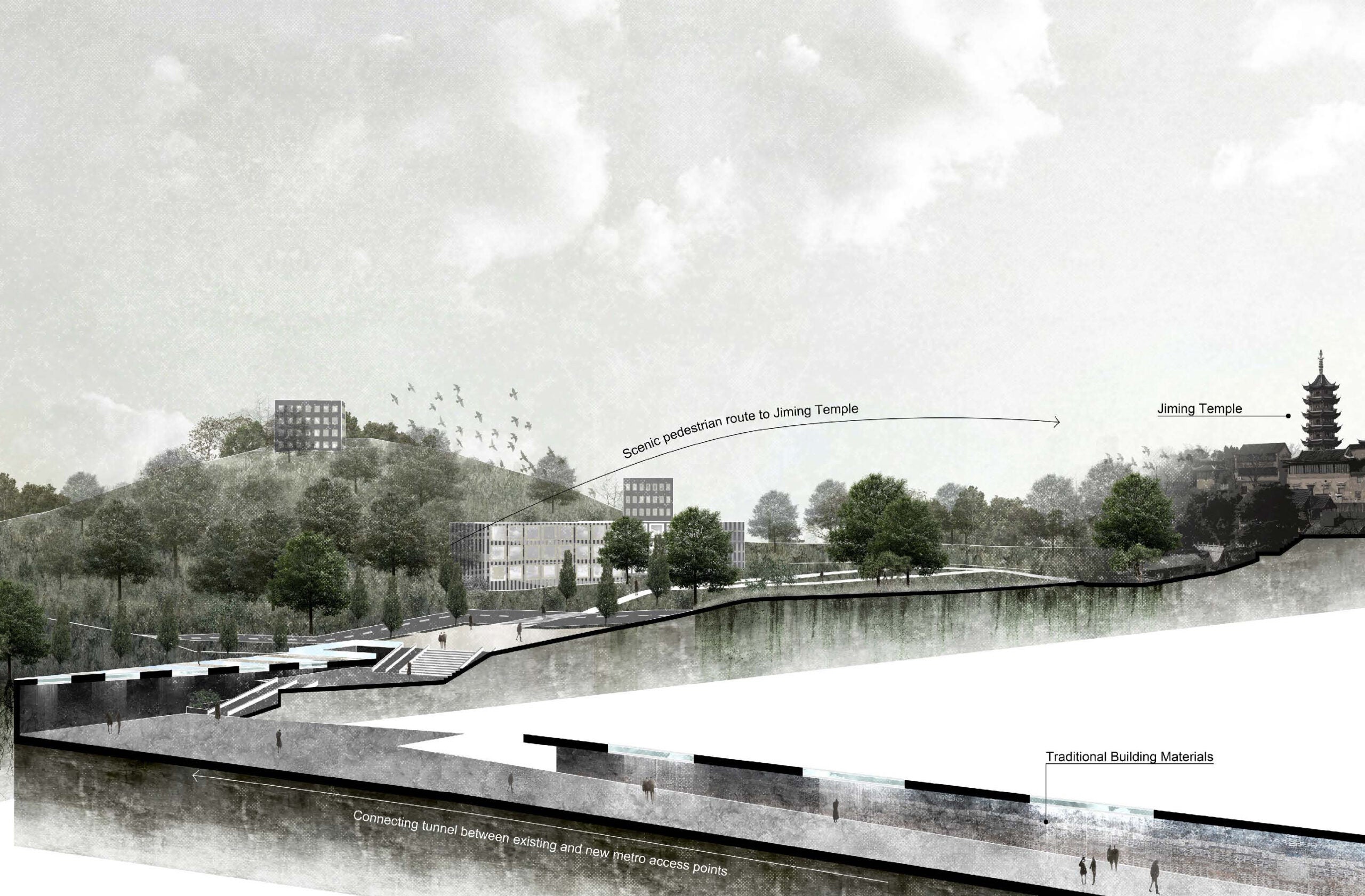Research and Practice on the Development of Urban Psycho-Boundaries From Ancient Feng Shui Theories to New Elements of Modern Cities

This study explores how the Feng Shui theory shaped ancient urban space, how it has evolved, and the possible role of design in increasing its legibility today. Focusing on Nanjing, the research reviews the city’s ideal Feng Shui-based spatial layout, as well as changes made during the Ming Dynasty due to political and religious influences. In modernity, Nanjing’s urban functions have expanded, and traditional Feng Shui logic has gradually been replaced by transportation and commercial needs. The metro system, in particular, has reshaped residents’ spatial perception but lacks the spatial identity of the surface city, causing a blurring of psychological boundaries.
In response, the study selects several representative metro stations for experimental design, proposing strategies such as station landscape design, reinforcement of urban axes, and visual connections along metro lines.

According to Feng Shui theory, the location of cities usually emphasizes the principle of “enclosure”, with common physical boundaries consisting of mountains and bodies of water. The ideal feng shui site is a space surrounded by mountains, with gentle hills in front to create an open view.

Through these experimental designs, the subway spatial design strategy of this study aims to make the underground space an important medium for the recognition of urban boundaries and the construction of urban identity. For example, trackside views help passengers perceive the city’s ancient “enclosure” characteristics, thus reconstructing urban borders through modern elements.
